By Griffin Cooper
In our last article we introduced and discussed the 10-Period Linear Regression Line (the “RL10”), and how we can use it as a ‘best fit’ line that can help us filter out noise, spot trends, and identify trend reversals.
The next indicator we can add to our toolkit is the 30-Period Linear Regression Line, aka the “RL30”. As would be expected, the RL30 is similar to the RL10 but is based on 30 periods of price data. This makes it three times slower than our RL10 indicator. A simple difference, but the implications and uses of this simple change shouldn’t be underestimated.
By adding an indicator that is similar in structure but three times slower creates a powerful lens. Let’s say we’re looking at a daily bar chart of DIA, the ETF for the Dow Jones 30 Index (Exhibit A).
Exhibit A
We’ve added our RL10 indicator. Exhibit B shows a 3-day timeframe of the same ETF, DIA, also with the RL10 indicator. The three-day timeframe is a common timeframe in the Owl Group that hits a nice sweet spot because it’s faster than a weekly chart but slightly slower than a daily chart which can help deal with those pesky gaps a little better (more on that in a future article).
Exhibit B
The 3-day certainly gives some confirmation and insight to the moves we were seeing on the daily timeframe. But looking at many timeframes has a potential pitfall. Too much data can lead to analysis paralysis and more confusion instead of clarification. What if there was a way we could superimpose the information from a higher timeframe so we could view it all on one chart? Not only would we not have to flip back between many charts, but we’d also be able to better compare and contrast the information the various timeframes were telling us.
What we’ve done here on Exhibit C is add an RL30 (black line) indicator to the chart. If you compare the RL30 on the daily chart to the RL10 on the 3-day chart you’ll see they’re exactly the same, but the line is being plotted on the daily chart.
Exhibit C
In Exhibit D we’ve combined both indicators onto the daily chart, an RL10 (blue line) and RL30 (black line). By putting the two different periods of indicators on one chart we’re able to easily ‘see’ what the traders at the 3-day chart are seeing while still looking at the daily chart.
Exhibit D
Analyzing different timeframes on one chart can give us a way to make sense of the different market participants acting on the markets. We can think of the RL10 as the ‘fast traders’, as we see how quickly the RL10 shifts direction with the changes in price action. We can think of the RL30 as the ‘slow traders’, as it has larger trends and doesn’t react to the more minute price changes that the RL10 or ‘fast traders’ see.
Enough theory though, let’s study some applications. One of best way of using RL30 is how well it can gauge the health of the current trend. This is why we commonly refer to the RL30 as “the health of the trend”. Exhibit E shows a daily chart of the stock CRH, from the low in January to the recent high in early April, a 25% percent move. While the RL10 (blue line) or ‘fast trader’s price’ has more wriggles and turning points, the RL30 or ‘slow trader’s price’ is smoothly going up throughout the whole up trend. A trader looking solely at the RL10 might have gotten shaken out around February 12th or March 11 th (circled in red). But using the RL30, she would have seen that the RL30 was still sloping nicely upward showing a healthy trend.
Exhibit E
On the right-hand side of the chart, we also see that when the trend finally ended in early April, it was the RL30 that showed the health of the trend was decaying as it changed to a negative slope. In the next article we’ll expand on the concept of multiple regression lines and how we can get an ever broader and useful perspective of the psychology of different market participants.
Until then, Happy Trading!






